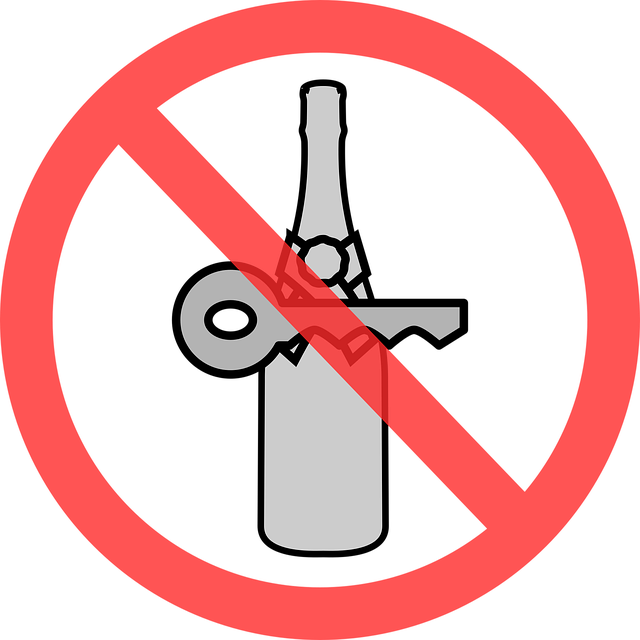Rural communities face unique challenges in DUI prevention due to lower population densities and limited resources, making traditional law enforcement less effective. Tech solutions offer innovative tools for enhanced surveillance, community engagement, and targeted interventions, addressing these challenges effectively. Advanced driver-assistance systems (ADAS), autonomous vehicles, mobile apps, smart traffic signals, and predictive analytics save lives and optimize traffic conditions in rural areas. These cost-effective alternatives enable strategic patrol allocation and real-time monitoring of driver behavior, predicting potential DUI incidents. Implementing tech solutions requires a strategic, phased approach with pilot projects, data evaluation, continuous improvement, and robust cybersecurity measures for sensitive data protection.
In the realm of law enforcement, future-proofing is essential, especially in rural communities grappling with DUI prevention. This article delves into the critical role technology plays in enhancing safety measures for Rural Community DUI Prevention. We explore innovative tech solutions that can transform traditional law enforcement approaches, ensuring communities stay protected. From understanding unique challenges to implementing sustainable strategies, this guide offers insights for a safer future.
- Understanding Rural Community DUI Prevention Challenges
- Role of Technology in Enhancing Safety Measures
- Future-Proofing Law Enforcement with Innovative Tech Solutions
- Strategies for Sustainable Implementation and Continuous Improvement
Understanding Rural Community DUI Prevention Challenges

Rural communities often face unique challenges when it comes to DUI (driving under the influence) prevention. With lower population densities and limited access to resources, traditional law enforcement strategies may not be as effective in these areas. The lack of a dense urban environment can make it harder for police to patrol and detect impaired drivers, leading to potential gaps in public safety.
Moreover, rural DUI prevention requires tailored approaches that consider cultural and economic factors. Many rural residents may rely on cars as their primary mode of transportation, making alternative transportation options less accessible or practical. Additionally, the spread-out nature of these communities can isolate individuals, hindering peer support networks that are crucial in promoting responsible drinking behaviors. Tech solutions play a pivotal role in addressing these challenges by offering innovative tools for enhanced surveillance, community engagement, and targeted interventions to mitigate rural DUI risks.
Role of Technology in Enhancing Safety Measures

In today’s digital era, technology plays a pivotal role in enhancing safety measures, especially in rural communities grappling with issues like DUI prevention. Innovative tech solutions such as advanced driver-assistance systems (ADAS) and autonomous vehicles have the potential to significantly reduce road accidents caused by impaired driving. These technologies employ sensors, cameras, and machine learning algorithms to detect potential hazards, including drunk or distracted drivers, and take preventive actions.
For rural communities, where law enforcement resources may be limited, technology offers a robust and cost-effective alternative. Mobile apps and digital monitoring systems can help track and identify high-risk areas for DUI incidents. Furthermore, the integration of smart traffic signals and predictive analytics can optimize road conditions, making them safer for all users. These tech-driven approaches not only future-proof law enforcement strategies but also contribute to a more secure and responsible driving environment, saving lives and fostering community well-being.
Future-Proofing Law Enforcement with Innovative Tech Solutions

In the pursuit of enhancing public safety, particularly in rural communities, law enforcement agencies are increasingly turning to innovative tech solutions for effective DUI (drunk driving under influence) prevention. By leveraging cutting-edge technology, such as advanced surveillance systems and data analytics, officers can proactively identify high-risk areas and target their patrols accordingly. This not only improves road safety but also ensures that resources are allocated efficiently in these often sparsely populated regions.
For instance, the implementation of smart sensors and AI-driven analytics enables real-time monitoring of traffic patterns and driver behavior, helping to predict potential DUI incidents. Additionally, remote surveillance capabilities allow for quicker response times during emergencies, making it easier to prevent accidents and save lives, especially in areas with limited access to immediate medical care. These tech solutions are proving instrumental in combating the unique challenges posed by rural community DUI prevention.
Strategies for Sustainable Implementation and Continuous Improvement

Implementing tech solutions requires a strategic approach, especially in rural areas aiming for effective community safety, such as DUI (Driving Under the Influence) prevention. The key lies in sustainable practices that ensure long-term benefits and adaptability to evolving technologies. By adopting a phased implementation strategy, rural communities can avoid costly overhauls and quick fixes. This involves starting with pilot projects, testing technologies like advanced driver-assistance systems (ADAS) or remote alcohol monitoring devices, and gathering data on their efficacy and community acceptance.
Continuous improvement is fostered through regular evaluation and feedback loops. As new tech advancements emerge, communities should assess how they align with local needs and existing infrastructure. For instance, integrating AI-powered analytics for identifying high-risk areas or individuals could enhance DUI prevention efforts. However, ensuring data privacy and security is paramount, requiring robust cybersecurity measures tailored to the specific technological implementations.
As we’ve explored, technology plays a pivotal role in addressing Rural Community DUI Prevention challenges. By leveraging innovative tech solutions, law enforcement can significantly enhance safety measures, future-proofing their approach to keep communities safe. Implementing sustainable strategies ensures continuous improvement, allowing for dynamic adaptation to evolving issues. With dedicated resources and collaboration, these tech-driven initiatives hold the key to reducing DUI incidents and fostering safer rural environments.






